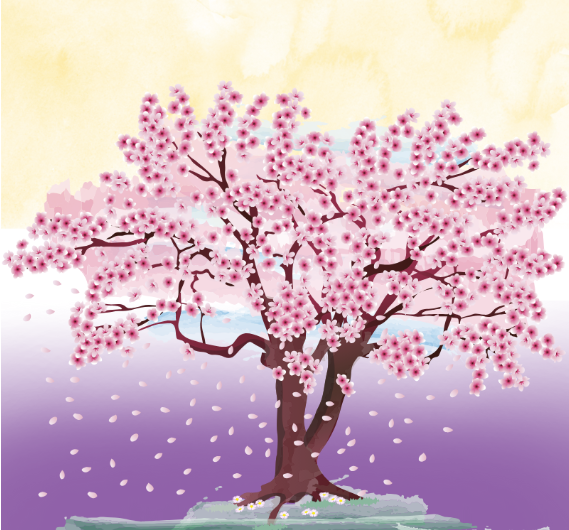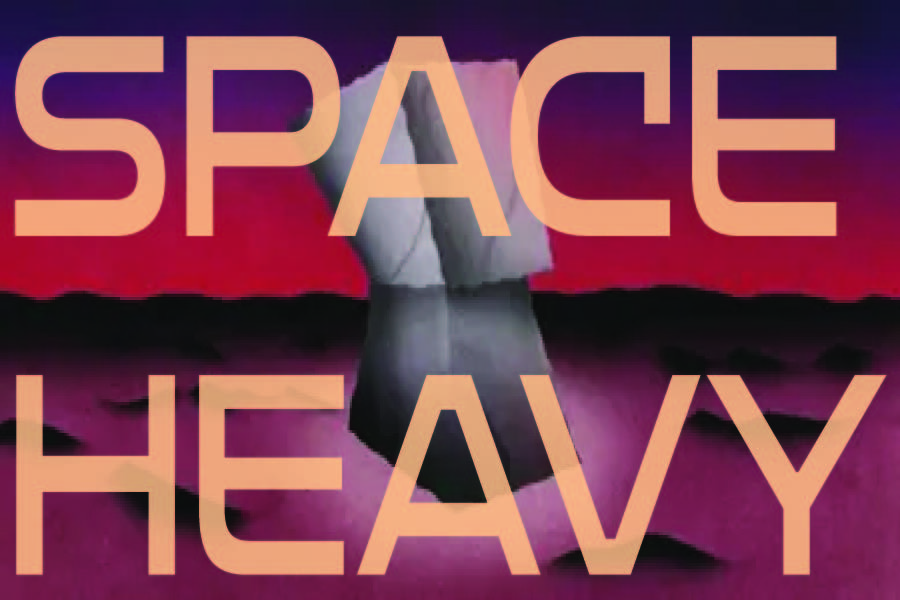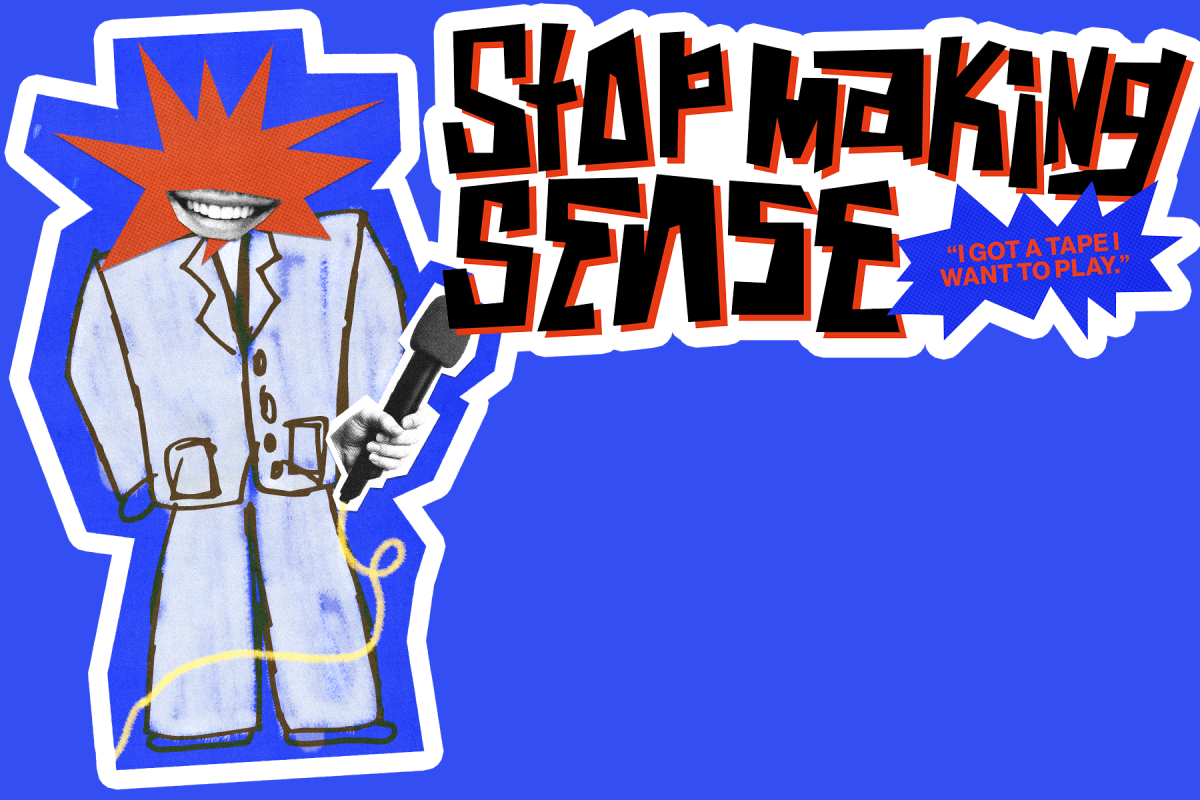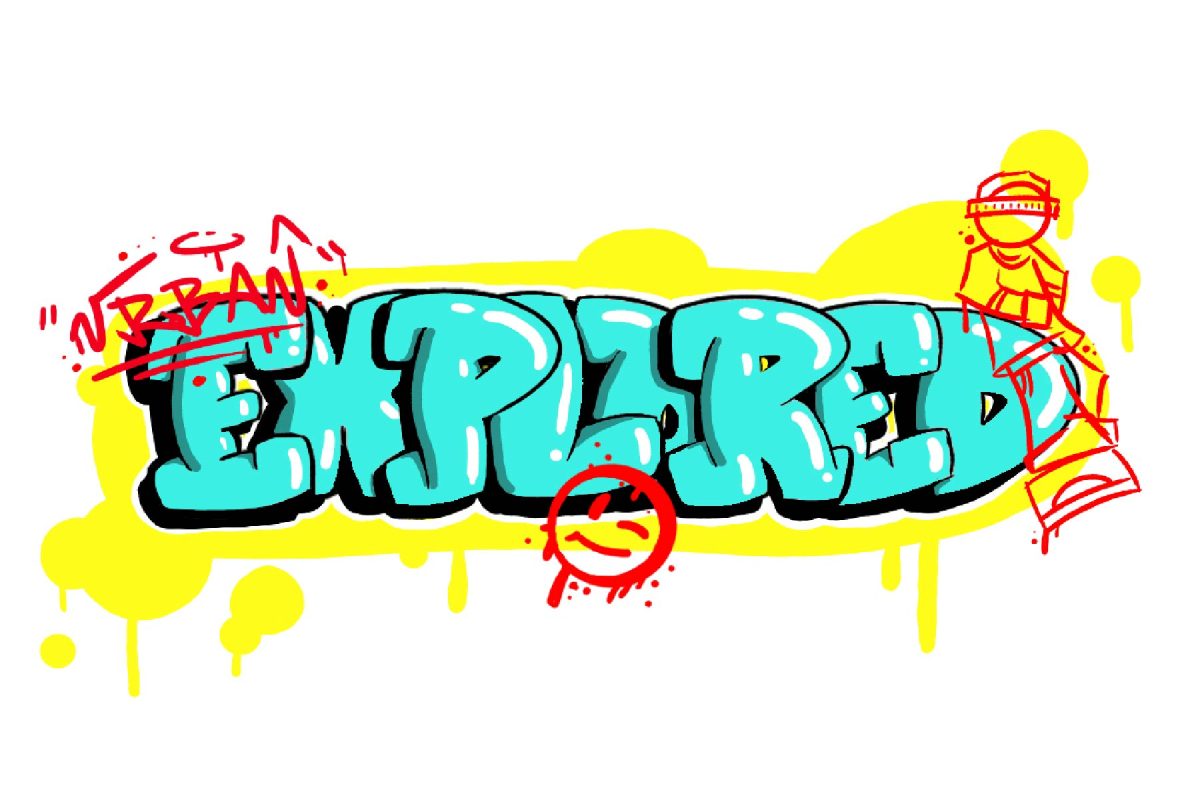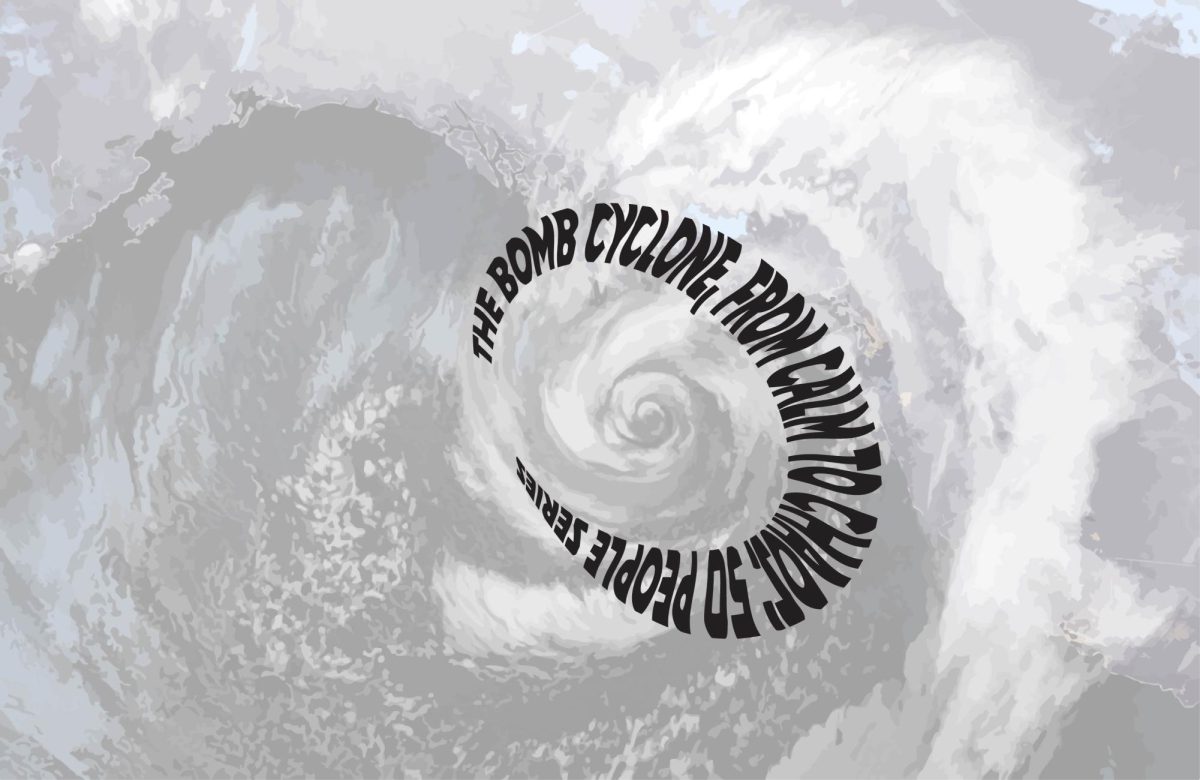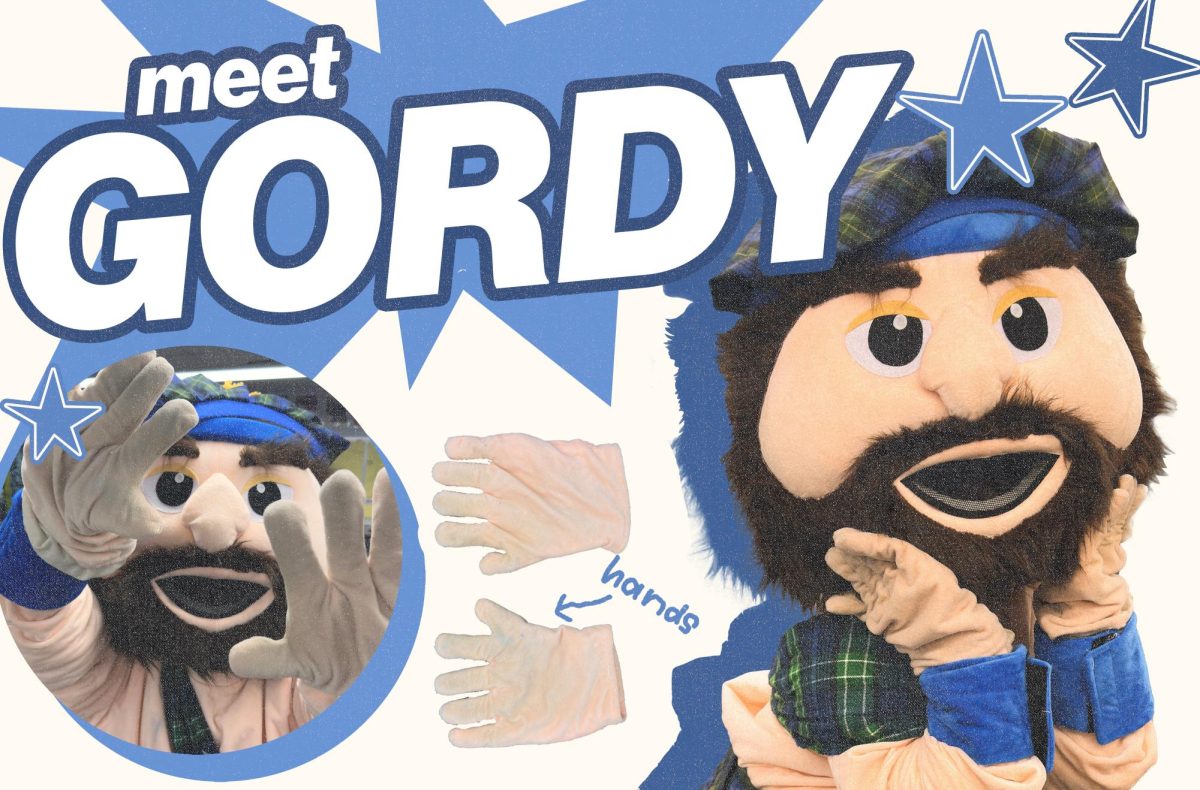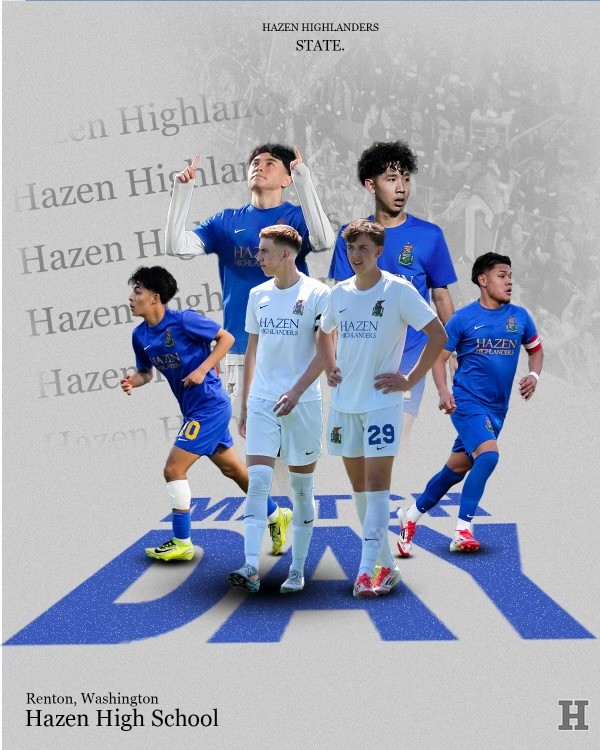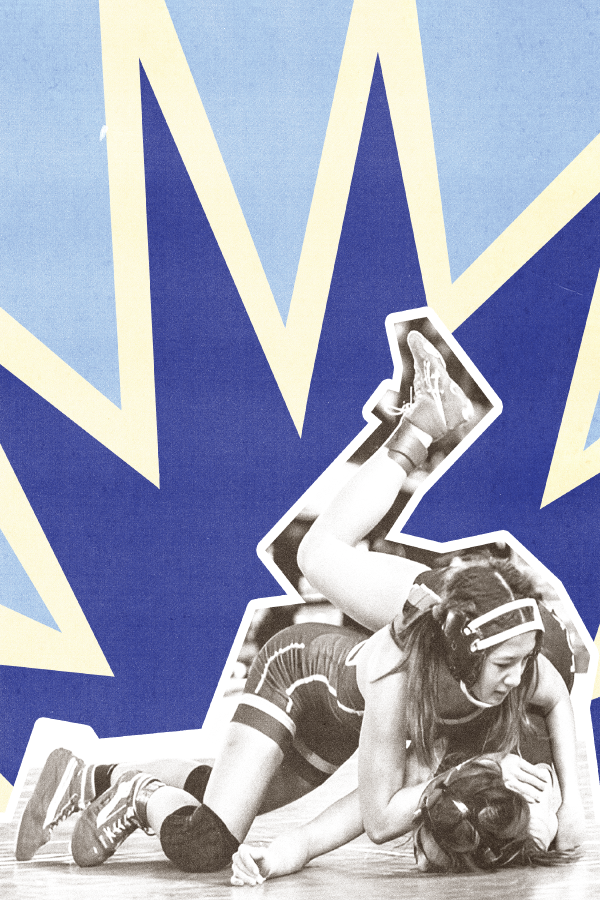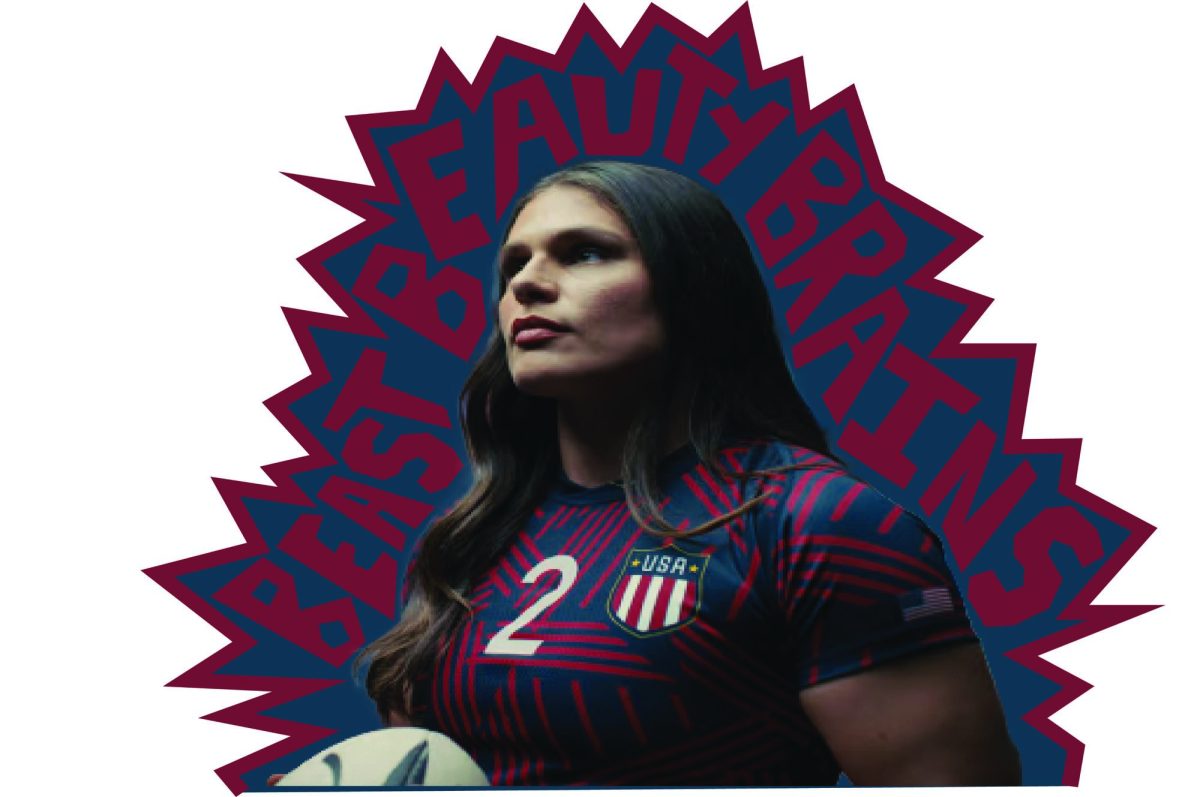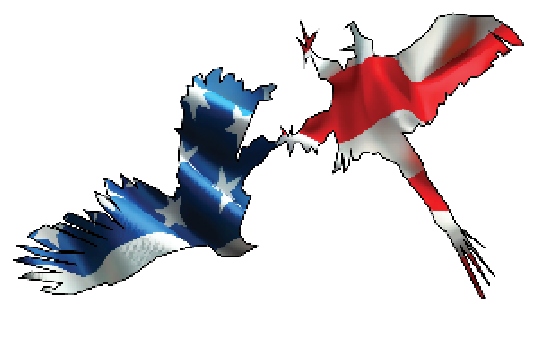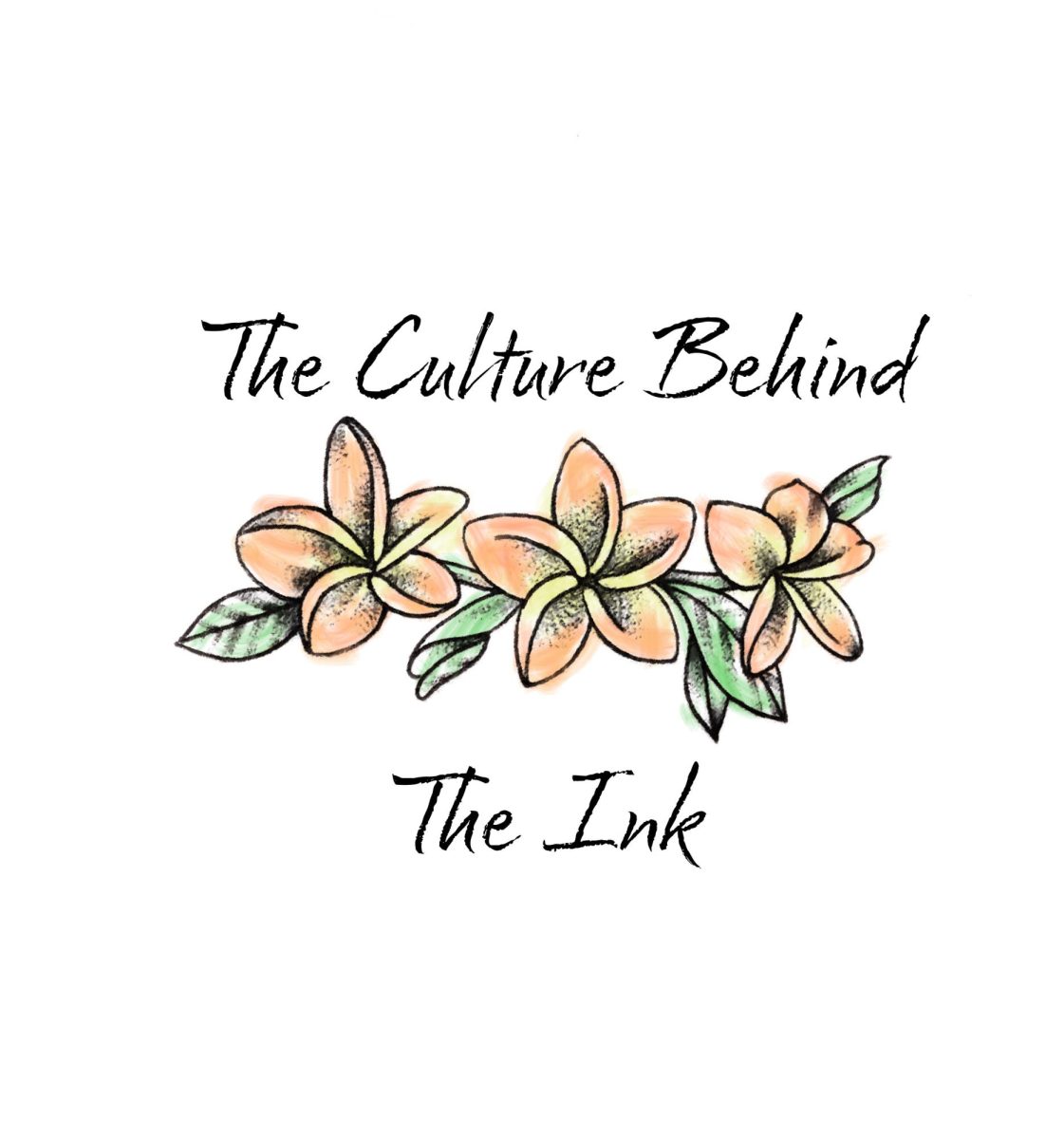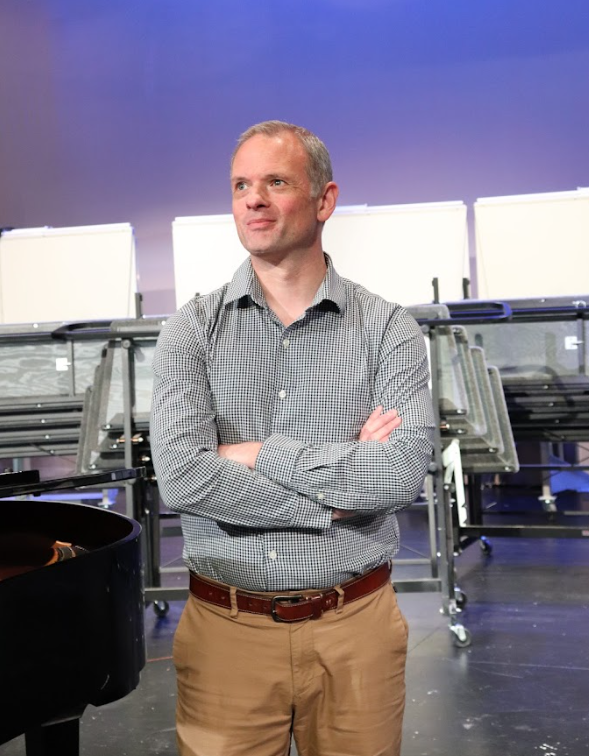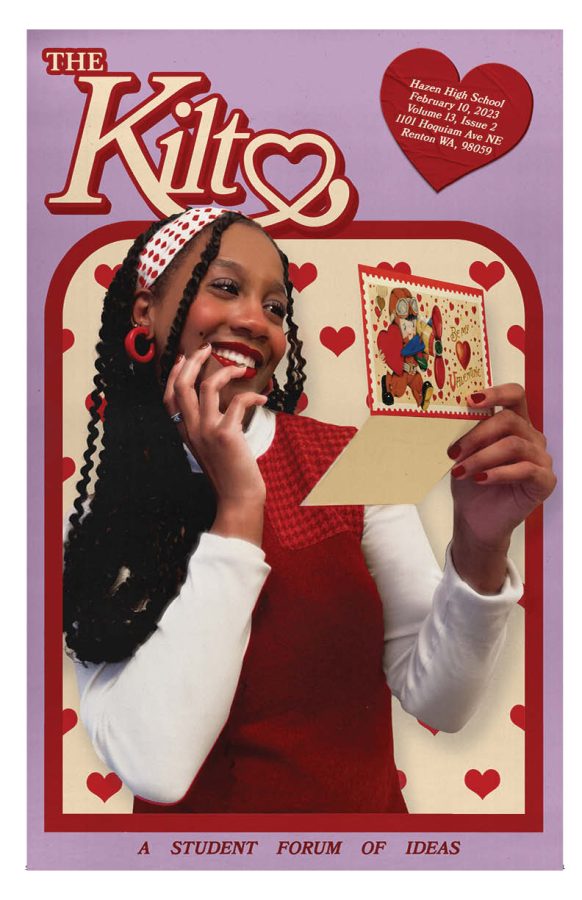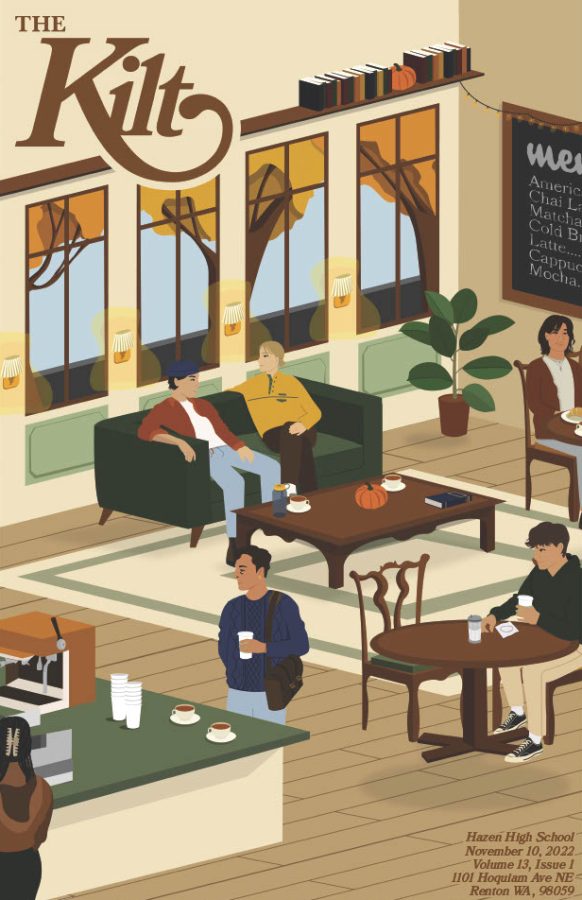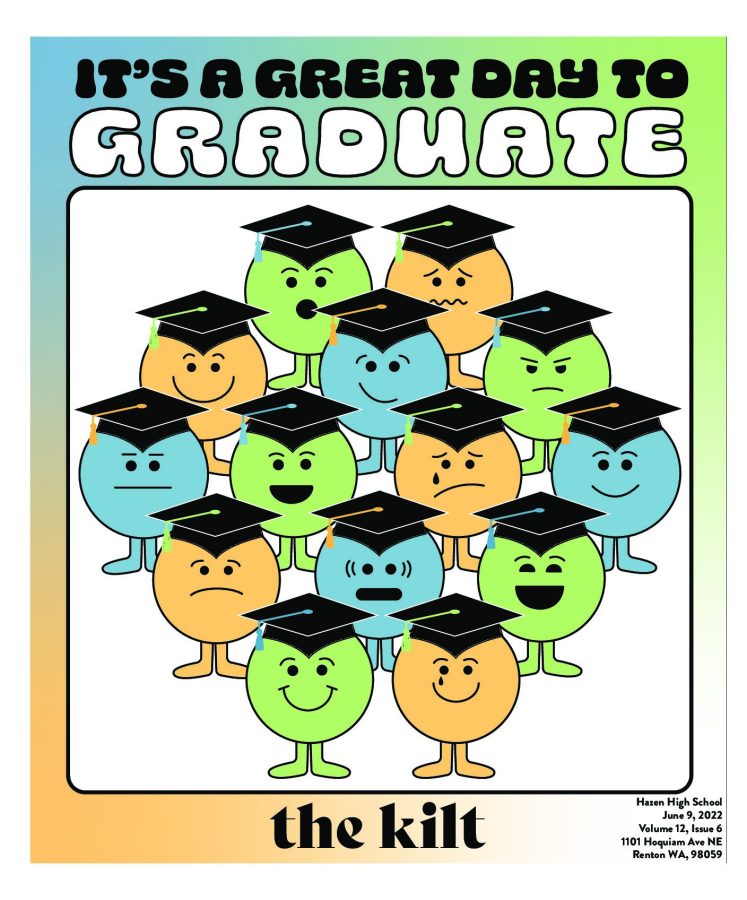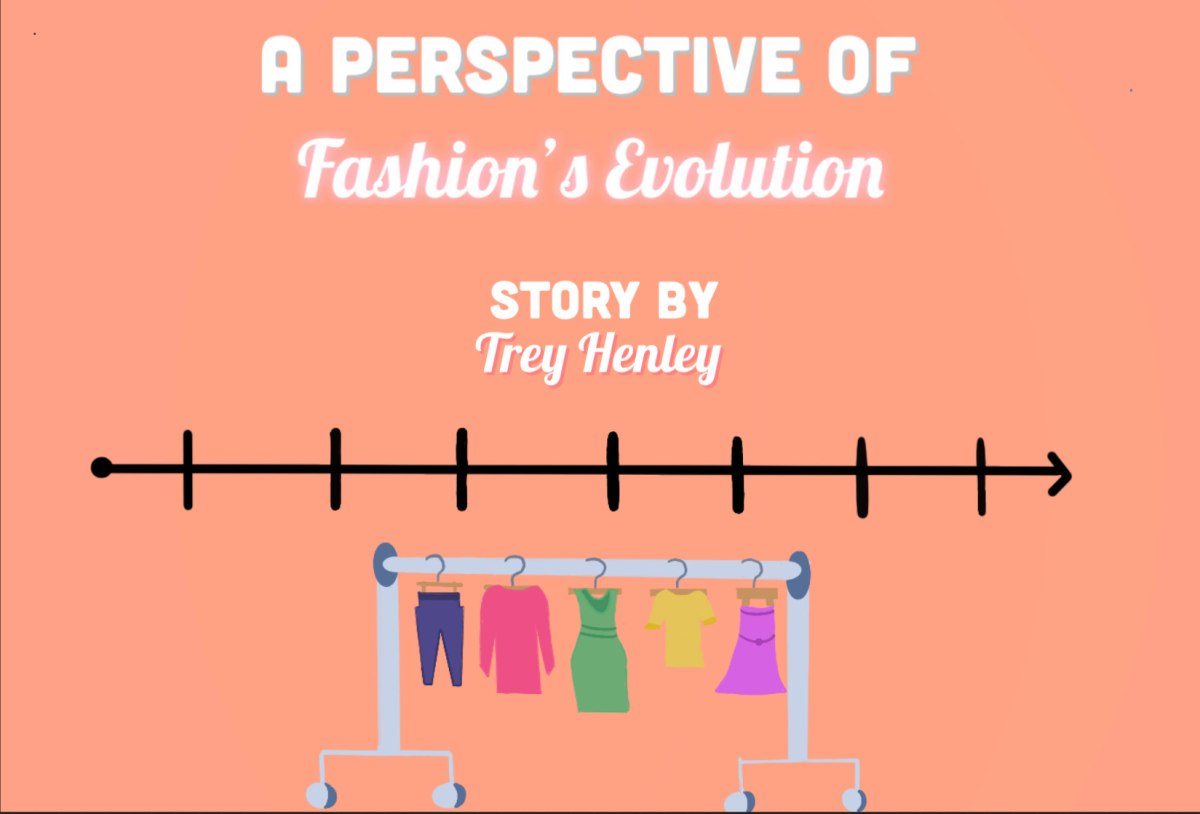The exact beginning of fashion cannot be identified, but its roots go back as early as Ancient Rome and Ancient Egypt as a symbol of status. Wealthy people had expensive garments filled with rich colors, whilst the lower class would have dull colors that were more useful to their work. The men wore togas while the women wore modest long dresses, as a symbol of Roman citizenship.
The development of fashion trends started when RTW (ready-to-wear) happened in the 1700s, and clothing was more accessible to the people. Fashion at one point was not accessible or affordable, as many “trends” were only limited to the aristocrats. It was during the French Revolution that fashion shifted from the very rich aristocrats to the rich bourgeoisie. In Phillip Perroe’s book, “Fashioning the Bourgeoisie,” It is said that the “ready-to-wear” system was to replace the old system which was built upon the aristocratic monopoly of luxury.
Eventually, we see RTW tailors making clothes that the rich people are wearing, whatever the ‘luxury’ or ‘fashionable’ looks like. This means that the rich people and the not-so-rich people are wearing very similar clothes. At this point the only way to separate rich from the not-as-rich people is their style, making it a cycle that we can see similarly today. Rich people kept innovating their style to make them separate and stand out among the lower-class people.
The 1900s is really when fashion began rapidly changing, picking up from the last century. They followed the structured silhouette of the Gibson Girl, which was an illustration that bombarded Americans and was expressed as an idealized image of how an American woman should look. To this point, menswear was mostly the same and not very developed, the suit being the primary wear. The frock coat and knickerbockers were also very popular back then.
The 1910’s was when the war started and fashion developed for the 20th century. The style then had an emphasis on the bust which had evolved from the previous decade. The decade started to move towards a more simple style, but the war made fashion change much slower.
In the 1920’s, the first World War had just finished and women’s fashion became much simpler. Pieces would become more convenient to the modern female wardrobe. The style was a rejection of the formality of several layers. The men also took to simplicity and moved to button suits and fewer pieces, embracing soft collars in this period.
In the 1930s, women’s wardrobes looked more feminine from the silhouette. The previous decade did not necessarily contain curves, but this silhouette hugged the body creating a softer silhouette. Men’s fashion at this time did not change too much, but for casual clothes knitted sweaters and collared shirts were becoming increasingly popular.
In the 1950’s-1960’s, Marilyn Monroe was an influential role model during this time, impacting many. She started the trend in jeans for men and women, wearing Levi’s which popularized denim pants. This was a time when women in her days only used jeans for construction and work-related areas until Marilyn Monroe changed the narrative with her film. She wore the first ever nude dress in history when performing to JFK on his birthday in front of millions, she wore nothing under it to ensure a seamless fit. It was later revealed that she was sewn into the dress before performing. This was one of her last and most iconic public appearances.
The 1970s style experienced a huge jump, with very vibrant colors and patterns popular among women and men. Boutique stores became more popular making fashion and styles more accessible to people at any price. This period also influenced the hippie style. Suits were still a staple for men but this time it was common and more acceptable for men to wear colorful clothes as well as grow out their hair.
The 1980s were full of sportswear for women. This was also a period where women with heavily padded shoulders, huge hair, popping accessories, and pointed shoes with heels became hugely popular. At this time, preppy styles for men were popular. Later in this decade hip-hop and rap styles made their way into the U.S. At this time casual fashion was more minimal and grunge was adopted. Styles of music were affecting fashion such as sportswear, jackets, tracksuits, and hoodies. This was very popular among the men in the 1990’s.
The 2000s fashion was heavily influenced by the 1990s, celebrities played a huge role in fashion as well, and by this time the internet was spreading fast. There was one huge item that never left this decade; denim pants. Huge styles like retro, futuristic styles, sportswear, and businesswear, but also indie-inspired, gangster style and emo styles were very popular. Celebrity influence was growing even more rapidly at this time.
The 2010s was a time when pencil skirts with shift dresses, cardigans, and platform heels were all popularized in the early look of the decade. Many women in the middle of the decade wore workout gear as a style that came to be known today as athleisure. Throughout the decade Gucci created a new aesthetic with bright colors as well as bold textures. This eventually led to the maximalism of the end of the decade and the start of the new.
The menswear in the 2010s expanded to a more casual look. Shawl collars, Cardigans, and knit sweatshirts were popularized as well as flannel shirts and skinny jeans. This style, a hipster style, was worn by both men and women. Athleisure spread to menswear as well as streetwear. Sweatpants, hoodies, t-shirts, and joggers were all popular among these styles.
Fashion has gone through a huge change throughout all of history. Coming from a symbol of status is a civilization all the way to individual expression. The 20th century saw changes in style and influenced cultural ideals like the Gibson Girl. Through everything though, fashion has not just shown us societal shifts but has also shown us that there is a window for individual expression. The cycle that constantly repeats for fashion truly demonstrates the always-evolving nature of fashion.

